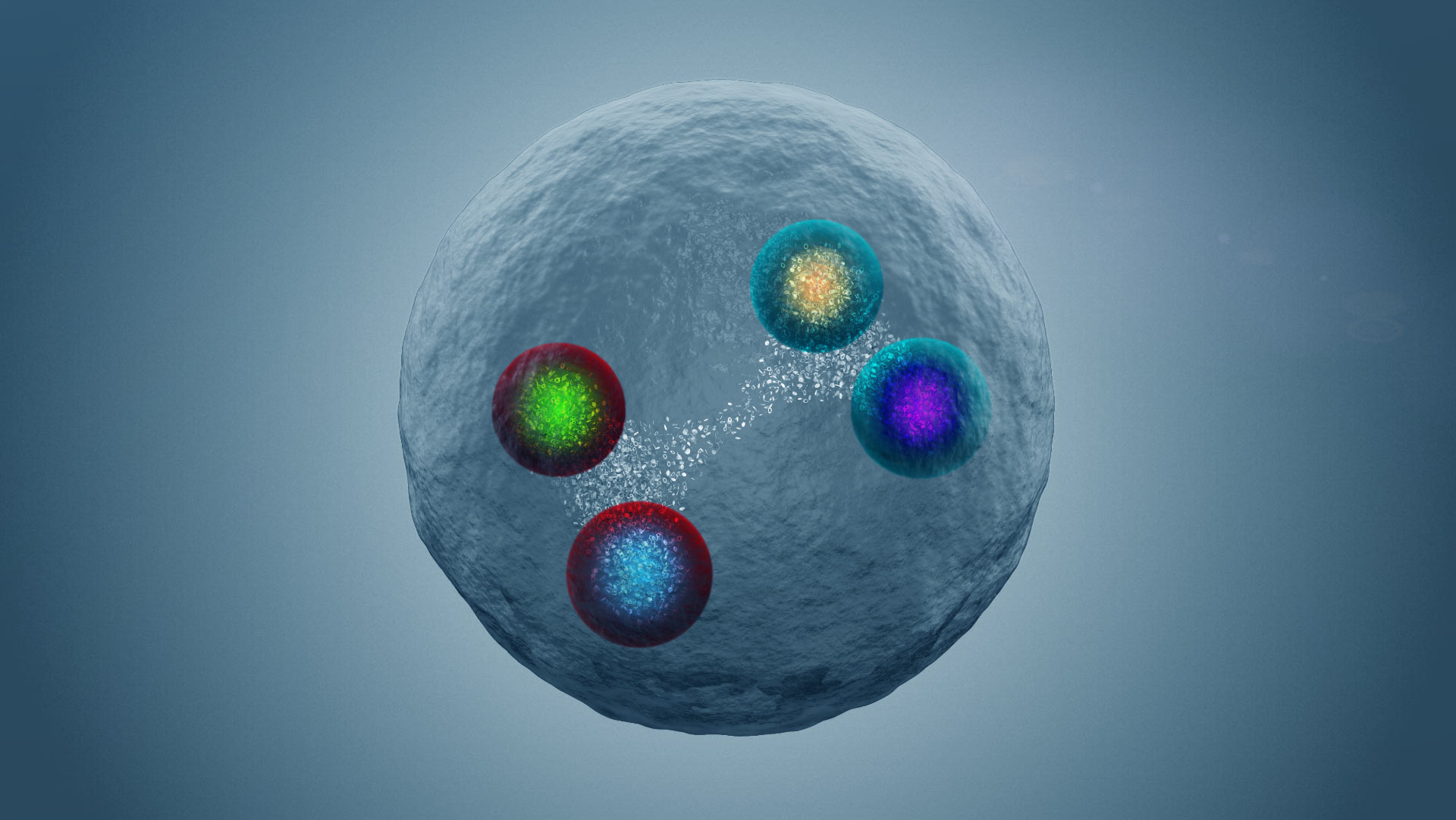|
Getting your Trinity Audio player ready...
|
Just a few thousand light-years away, a relatively small, dense object that is shrouded in a cloud of its own exploded remains is defying the laws of stellar physics. All indications point to it being a neutron star, although an odd one. It has the lowest mass yet determined for an object of its type, coming in at only 77% of the mass of the Sun. The lightest neutron star that has ever been measured has a mass that is 1.17 times that of the Sun.
The minimal neutron star mass anticipated by theory is much lower than this more recent discovery, which is not merely smaller. This indicates that either there is a void in our knowledge of these extremely dense things… Or, what we’re seeing is a bizarre, previously unseen object known as a “strange” star rather than a neutron star at all.
One of the universe’s densest things is a neutron star. They are the remnants of huge stars that have lost all of their mass, typically between 8 and 30 times the mass of the Sun. The star goes supernova, ejecting its outer layers into space, when it runs out of material to fuse in its core. The core collapses in on itself to create an entity that is so dense that atomic nuclei smush together and electrons are compelled to get close to protons for long enough for them to turn into neutrons since it is no longer supported by the outward pressure of fusion.
Although theory suggests they might be as huge as around 2.3 sun masses or as light as just 1.1 solar masses, the majority of these compact objects have masses that are about 1.4 times that of the Sun. Every teaspoonful of neutron star material weighs between 10 million and several billion tons due to the fact that it is all compressed into a sphere that is only around 20 kilometers (12 miles) across.
Even stars with masses greater and lower than neutron stars can develop into dense matter. Black holes form in heavier stars. White dwarfs, which have a maximum mass of 1.4 solar masses and are less dense than neutron stars but are still quite compact, are formed as stars become lighter. This is what will ultimately happen to our own Sun.
This study focuses on a neutron star that is located in the middle of the supernova remnant HESS J1731-347, which was previously estimated to be more than 10,000 light-years away. Poorly constrained distance estimations, however, are one of the challenges in investigating neutron stars. It is challenging to make reliable measurements of a star’s other properties without knowing its precise distance.
In HESS J1731-347, a second optically brilliant star was just recently found. This allowed a team of astronomers led by Victor Doroshenko of the Eberhard Karls University of Tübingen in Germany to estimate the distance of HESS J1731-347 and discover that it is 8,150 light-years closer than previously thought.
This required updating earlier calculations of the neutron star’s other properties, such as its mass. Doroshenko and his colleagues were able to determine the neutron star’s radius to be 10.4 kilometers and its mass to be an absolutely mind-bogglingly low 0.77 solar masses by combining their observations with those of the X-ray light it emits, which is inconsistent with X-radiation from a white dwarf.
This suggests that it could be a hypothetical item that hasn’t been positively found in the wild rather than a neutron star as we know it. According to the researchers’ report, “Our mass estimate makes the center compact object in HESS J1731-347 the lightest neutron star known to date, and potentially a more exotic entity, that is, a “strange star” candidate.”
Theoretically, a strange star resembles a neutron star in appearance but includes a greater number of the fundamental particles known as weird quarks. Fundamental subatomic particles known as quarks can be combined to create composite particles like protons and neutrons. Six distinct types or flavors of quarks exist: up, down, charm, weird, top, and bottom. Up and down quarks make up protons and neutrons.
Theoretically, subatomic particles are thought to disintegrate into their constituent quarks in the intensely compressed environment inside a neutron star. According to this theory, matter composed of an equal mixture of up, down, and odd quarks makes up weird stars. Strange stars should arise under masses large enough to actually apply the squeeze, but since the neutron star law is effectively nullified when sufficient quarks are involved, there is also no lower limit. In other words, it’s not impossible that this neutron star could actually be a weird star.
Physics researchers have been looking for quark matter and unusual quark matter for a very long time, so this would be really exciting. While a weird star is absolutely a possibility, a neutron star, which is also extremely cool, is more likely what we are seeing. According to the researchers, “The acquired restrictions on mass and radius are nevertheless fully consistent with a standard neutron star interpretation” and can be used to strengthen astrophysical constraints on the equation of state of cold dense matter under this supposition.
Regardless of its presumed internal makeup, a such a light neutron star “appears to be a very intriguing object from an astrophysics perspective.” Under our existing concepts, it is difficult to determine how such a light neutron star could have arisen. The dense object at the center of HESS J1731-347 will therefore have something to teach us about the enigmatic afterlives of huge stars, regardless of its composition.


